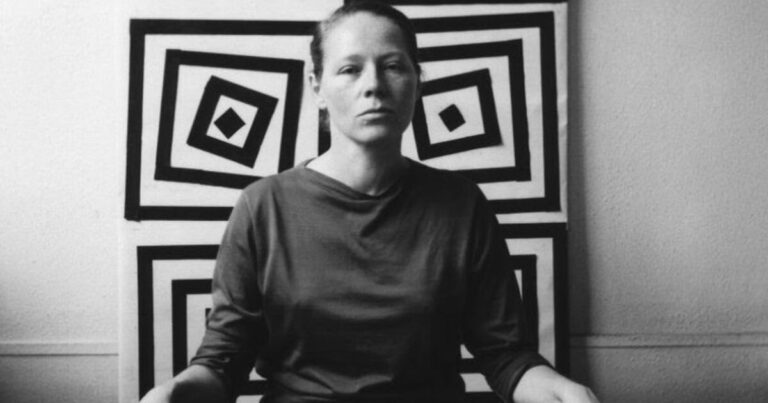
Vera Molnár, a pioneering artist known for her pioneering work in digital and generative art, has died at the age of 99. Born in Budapest in 1924, Molnár moved to Paris in the late 1940s, where she became an important figure on the French art scene. exploring the relationship between technology and art.
Molnár was one of the first artists to experiment completely with analog algorithms and computers. From the 1960s, she used programming systems to create works of geometric abstraction made according to complicated rules and was the only female founder of the GRAV (Group de Recherche d’Art Visuel). His work, mainly paintings and drawings characterized by simple geometric shapes and lines, sought a balance between order and disorder, planning and chance. His contributions to art were not only technical but also conceptual, as he explored the potential of computers to challenge and expand the boundaries of traditional art forms.
In recent years, there has been renewed interest in Molnár’s work, highlighted by her participation in the 59th Venice Biennale and an upcoming major exhibition at the Center Pompidou in February 2024. Her legacy as a pioneer of computer coding in art and a key figure in the digital art movement continues to inspire artists working in generative art, especially those working with NFT, many of whom use similar algorithmic approaches to produce work. Earlier this year, the artist released 500 NFTs in a sale at Sotheby’s that fetched $1.2 million.

